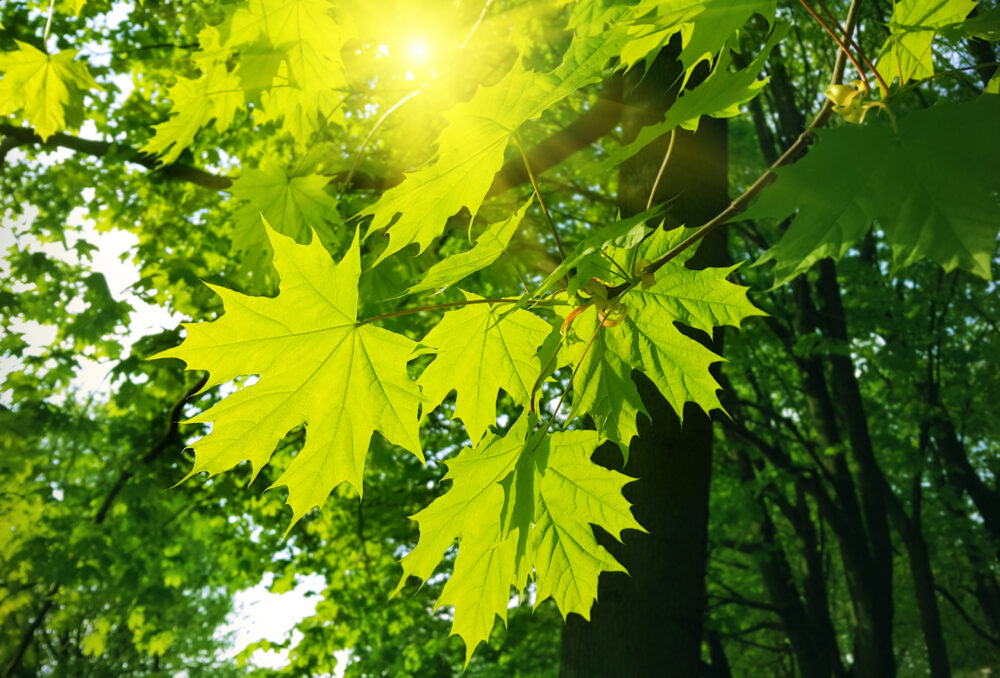Signs and Steps for Maple Tree Bark Disease
Maple trees are a variable species that thrive in many climates. As resilient as they are, they are still susceptible to bark disease. Most bark disease comes in the form of cankers, which are areas of dead or damaged bark. Cankers can be caused by mechanical damage (such as a gash left by a weed eater), but the introduction of fungi is where problems arise. An infected canker will often be a discolored and sunken area with an inflamed outer rim. Just as two healthy maple trees may look nothing alike, bark disease comes in many forms. Luckily, the signs of bark disease are easy to spot early on.

What type of Canker Am I Dealing With?
While an arborist is your best bet for diagnosing a canker, there are symptoms you can look out for. This list is not all-encompassing, but these are a few common, distinct cankers.
- Nectria Cinnabarina cankers, or coral-spot cankers, are small lesions with a distinct pink/orange color.
- If the canker appears slimy or wet, it may be a Cryptosporiopsis canker (which will bleed from it’s center) or a bleeding canker.
- Basal cankers will form near the root and look similar to root rot.
- If thick new bark is growing over the canker, it is often a Nectria galligena or Eutypella canker. It is important to note that the fungi is alive and well beneath the new bark, and new growth does not indicate the problem is solved.
What About these Lumps?
Benign tumors such as burls or galls are common on maple trees. They typically will not harm the tree. If there is no decay, damage, or other cause for concern, it’s best to let these growths be.
Is it Cankers or Just the Weather?
Certain weather ailments can look similar to disease. Consider the season, temperature, and location when differentiating between disease and environmental damage. Sunscald often appears on the southwest side of the tree. The bark may darken, or fall off all-together. It is particularly common in areas with constant temperature fluctuation. Frost cracks will often appear on the southern side of the maple, and are more common in colder, drier climates. For both sunscald and frost cracks, white latex paint or a tree wrap can protect the area as it heals.
Removal Process
No matter the type of canker, the removal process will usually look the same. Certain cankers on low-hanging limbs can be treated at home if you’re up for the job. The limb should be pruned/cut about five inches beneath the affected area. Complete fungus removal is imperative for treatment. For cankers on the main stem, close to the roots, or more than a few feet up the tree, an arborist is the best choice. Keep in mind that creating a large wound will allow new fungus to enter, and the results might not be as aesthetically pleasing if done by a non-professional. For diseases of the trunk, it’s best to leave removal to the experts. If you have concerns about a canker, or any other tree malady, feel free to contact us.
